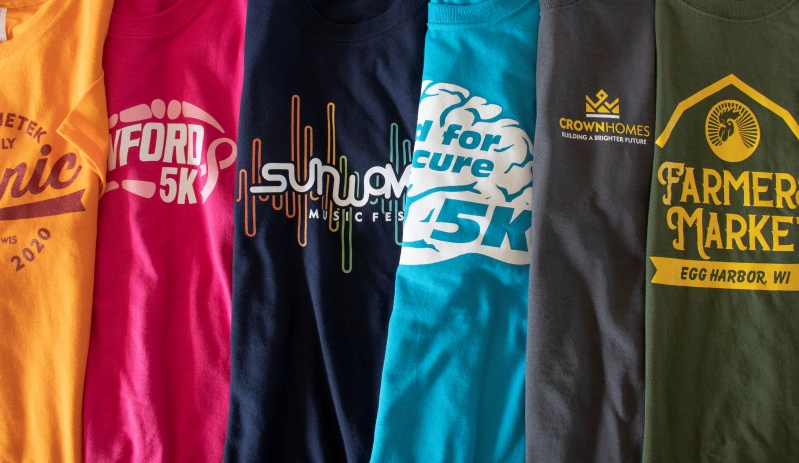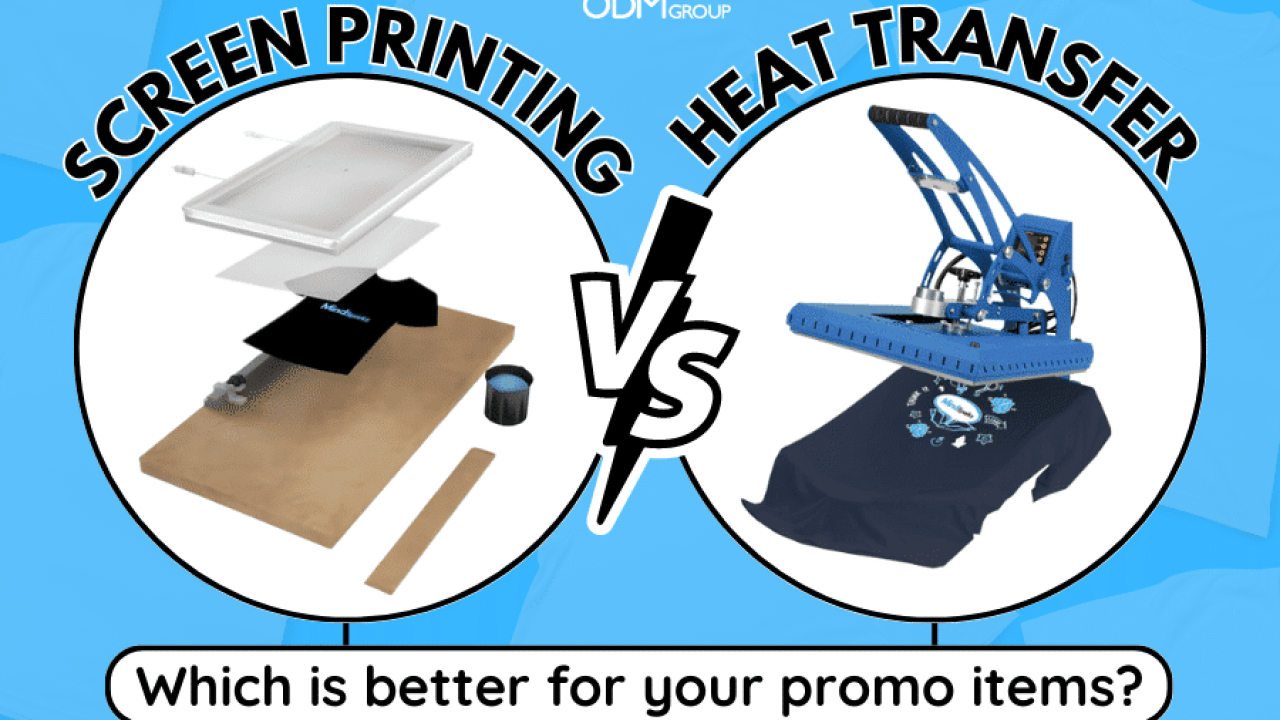Indicators on Tx Tees You Should Know
Indicators on Tx Tees You Should Know
Blog Article
The Single Strategy To Use For Tx Tees
Table of ContentsA Biased View of Tx TeesTx Tees - TruthsExcitement About Tx TeesThe Of Tx TeesSome Ideas on Tx Tees You Should KnowThe Greatest Guide To Tx TeesWhat Does Tx Tees Do?
That brings your total amount to about $1,900 gross and delivery. Build up various other costs, like the variety of energies it takes to run the shop and the price of ink and emulsion per layout. custom screen printing. Take the print listed below for instance. This is a one-color photo, so the price of ink per tee shirt is roughly 20 cents.The emulsion ought to just be a couple of cents given that you 'd just need to coat one display for this job. Typically, printers attempt to make up to 45% revenue on a print task.

With DTF, you can print a handful of t shirts, or just one. Both display printing and DTF have their particular niches in the world.
Top Guidelines Of Tx Tees
The most effective method to recognize? Ask around and see what printing shop like your own are doing. custom cap printing. Attempt both out and see which you like better
When you're choosing what kind of printing technique to use for publishing your art work layouts on your garments, it is essential that you understand the differences between these two methods so you can make the most of results while minimizing prices. Display printing is the most frequently made use of strategy for publishing layouts on fabrics.
DTG printing is additionally known as spot or straight to garment printing because it prints only what is needed rather of making a display as screen printers do. https://moz.com/community/q/user/txtees02. Screen printing functions by screen filler squeegee screen printing ink display mesh screen, after that moving the photo to garment using warmth and/or pressure
The DTG printer makes use of unique dye-sublimation inks that are applied right into a pre-designed picture by an electronic printing system. The inks enter into the material, enabling for lively shades and remarkable detail. It's likewise called spot or straight to garment printing because it publishes just what is needed as opposed to making a screen as display printers do.
Tx Tees for Beginners
First, it's much quicker - you can publish a fullcolor photo in minutes, in contrast to hours for screen printing. Second, there's no set up time or costs involved - you can print any type of style you like, without having to create a display. Third, there's no waste - because screen printers screen print one style each time, they have to screen each color separately.
The paper is very pricey and can only be used once. Once it's published on, it has actually to be discarded. - The initial purchase rate is reduced than the ahead of time financial investment of DTG printers- You can publish multi-color styles one screen at a time as opposed to having to publish each shade independently like DTG printing.

A Biased View of Tx Tees
Nevertheless, as opposed to making use of screen mesh as display printers do, dye sublimation printers make use of laser modern technology to move your images onto garments or paper. A warmth procedure moves the dye from its solid-state directly right into the gas stage which consequently merges it onto fabric substratums when they are quickly heated to heats under high pressure.
Sublimation printing is green. It makes use of less water than screenprinting, and due to the fact that it does not involve making use of harmful solvents, it's risk-free for all sorts of apparel. The dye sublimation inks are also odorless when healed, unlike display printers that make use of damaging chemicals throughout the screen printing procedure that leave behind an undesirable odor.
They also conserve money on costly tools like direct exposure systems considering that dye sublimation printers don't call for a UV direct exposure device or a flash treatment stove that is typically utilized in display printing (custom screen printing). What is straight to garment printing (DTG Printing)? DTG printing is an electronic screenprinting procedure that publishes straight onto textile using specialized inkjet printers
Not known Incorrect Statements About Tx Tees
DTG printing offers several advantages over conventional screenprinting, consisting of the capacity to publish photographic high quality photos, higher color vibrancy, and the capacity to print layouts on darker fabrics. DTG printers work by heating the textile ink up until it becomes a gas. The gas then penetrates the fabric, bonding with the fibers to produce a permanent print.

Display printers simply prepare their display after that begin printing until they run out of item or ink.- There is a variety of skilled screen printers all over the globe, which can be valuable for novices. - It's a slower procedure - display printers usually need to wait on the ink to dry prior to they can publish the next shade- Display printers require hands-on labor, so there's a higher learning contour and it takes longer to produce a high-quality design- Screen printing isn't as accurate as DTG printing, so you might get some "blood loss" of shades from one component of the photo onto another otherwise done appropriately.
Not known Incorrect Statements About Tx Tees
However, rather of making use of screen mesh as screen printers do, dye sublimation printers make use of laser modern technology to move your images onto garments or paper. A warm process moves the color from its solid-state straight into the a knockout post gas stage which in turn integrates it onto fabric substrates when they are rapidly heated up to heats under high stress.
Sublimation printing is green. It utilizes less water than screenprinting, and since it doesn't entail using unsafe solvents, it's secure for all sorts of clothing. The dye sublimation inks are additionally odorless when healed, unlike screen printers that use harmful chemicals throughout the display printing procedure that leave an unpleasant smell.
They also conserve money on costly tools like exposure units because dye sublimation printers do not call for a UV direct exposure unit or a flash cure stove that is commonly used in screen printing. What is direct to garment printing (DTG Printing)? DTG printing is an electronic screenprinting process that prints straight onto textile utilizing specialized inkjet printers.
Some Known Details About Tx Tees
DTG printing offers several benefits over standard screenprinting, including the ability to publish photographic quality pictures, higher color vibrancy, and the ability to publish layouts on darker materials. DTG printers work by warming the textile ink until it transforms into a gas. The gas after that permeates the textile, bonding with the fibers to produce an irreversible print.
Report this page